Major reasons why waterproofing membranes fail
Any building or home requires waterproofing as it is basically a process that is designed to prevent the water penetration into the structure. In a concrete construction, the waterproofing membranes are applied to the internal or external surface to form a barrier and prevents the ingress of water.
Do you think these waterproofing membranes are effective?
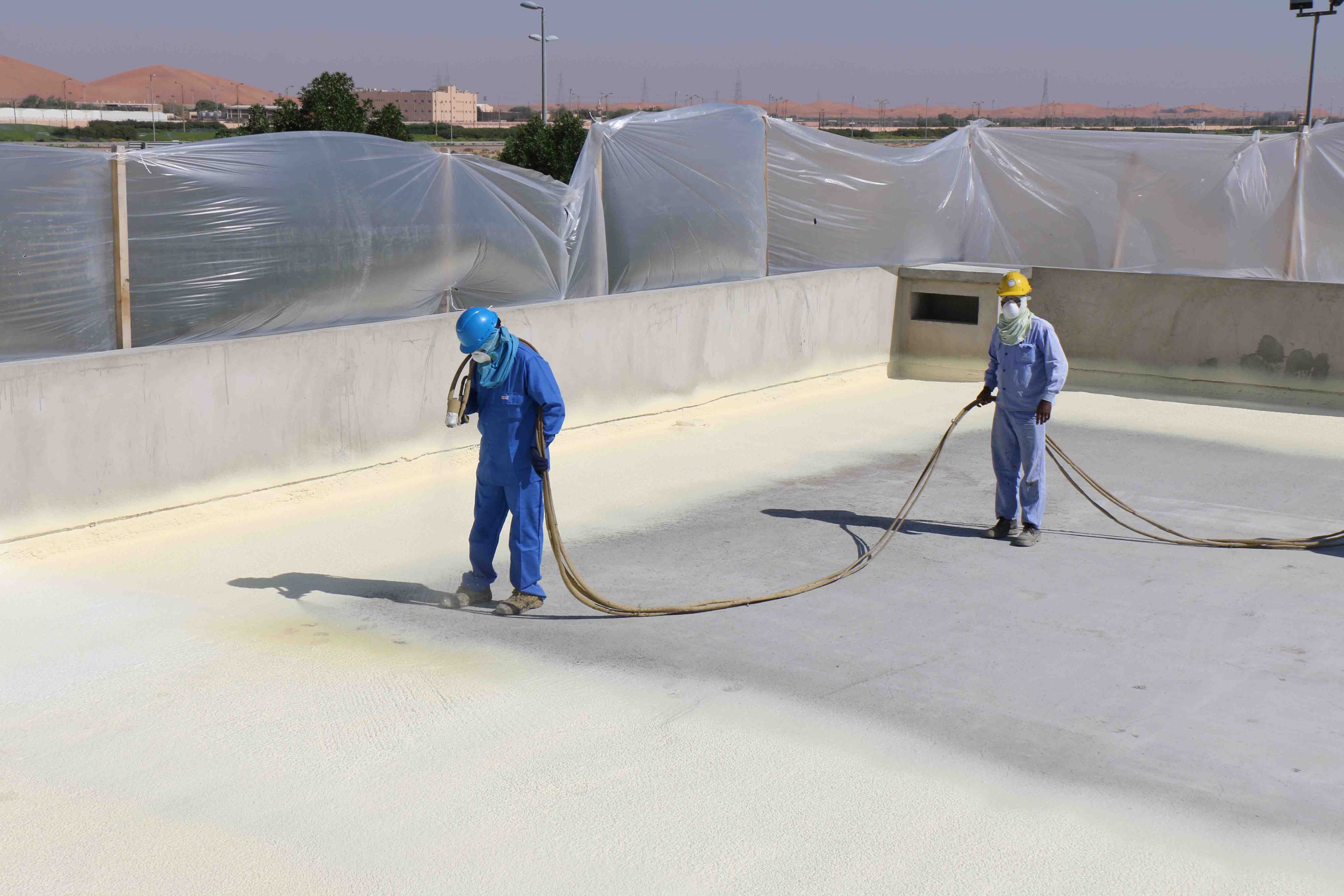
The application of the waterproofing membranes are labor-intensive and needs skilled people to do it perfectly. According to the recent statistics, the poor workmanship alone constitutes nearly 90% of all the waterproofing membrane failures. Can you believe it? Yes.
The challenges with the application of waterproofing membranes are,
- Most of the waterproofing membranes undergo stress cracking.
- It’s application requires heat such as torch on membranes where it includes additional cost and energy.
- When used over time, the waterproofing membranes undergo deterioration, lose their waterproofing properties and need to be replaced.
- The substrate requires extra protection of the waterproofing layer that includes additional cost and time.
- As the leaks are identified only after backfilling, it leads to costly repairs or sometimes the entire waterproofing membrane has to be replaced.
- The application of waterproofing membrane around protrusions like pile caps, installations, pillars, etc., increases the risk of leaks.
- Some of the waterproofing membrane such as EPDM/ PVC/ TPO membranes are not recommended for below-grade applications. These waterproofing membranes when used in the underground structures have limitations due to withstanding of high hydrostatic pressure or permanent bonding.
- Most of the waterproofing membranes are made with petroleum products which are harmful to the environment.
Do you know why the waterproofing membranes fail?
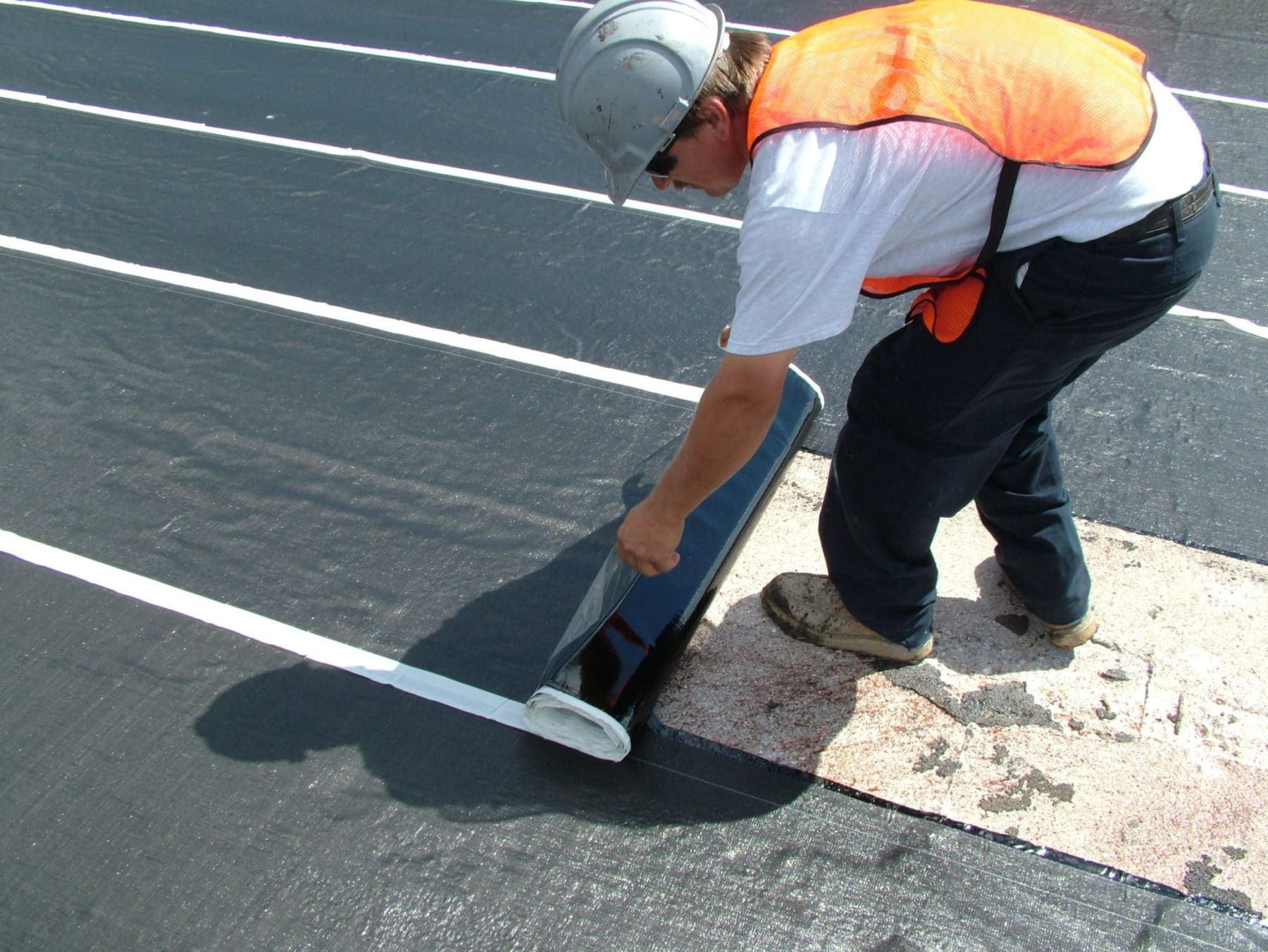
Wrong product selection
Choosing the wrong membrane for the intended application or a substrate can lead to the failure of the waterproofing application.
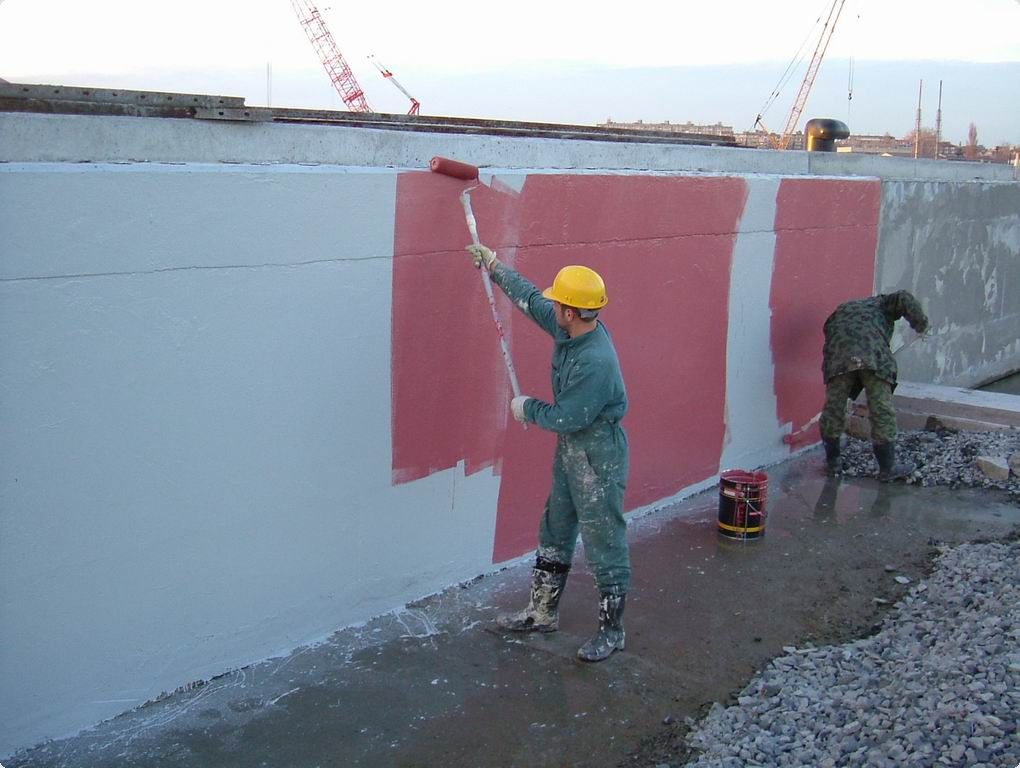
Product Incompatibility
Incompatibility of the selected waterproofing membrane with the other products like the primers lead to the failure of the application
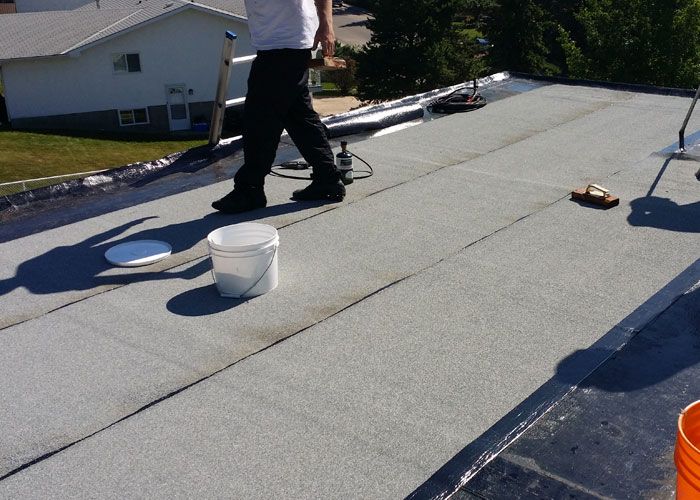
Improper vertical membrane terminations
Improper installation of the vertical waterproofing membrane terminations can also leads to the failure in application.
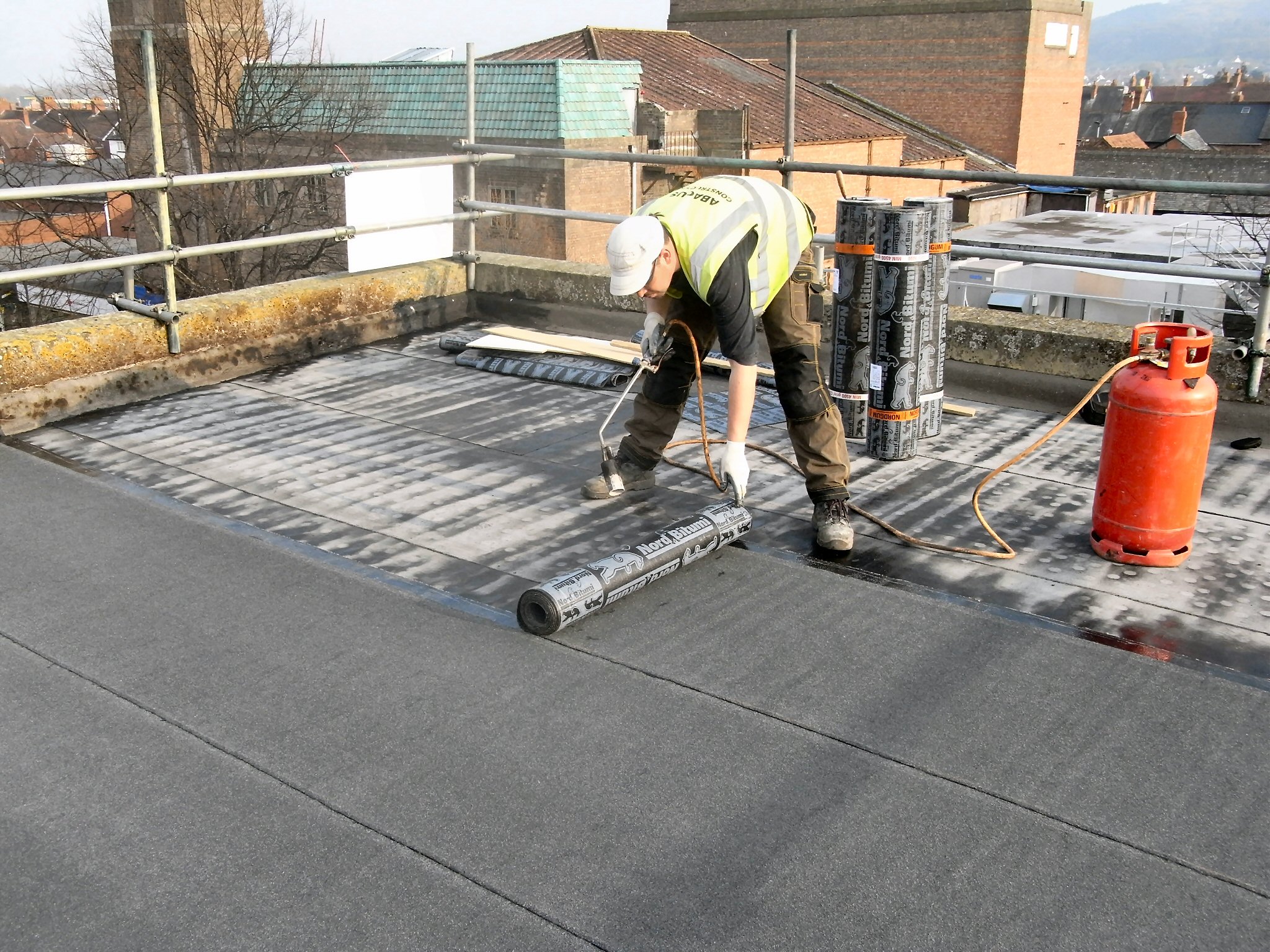
Debonding
: Debonding of the waterproofing membrane is one of the major issue where the water migration between the membrane layer and the surface happens that ultimately enters into the concrete
Debonding is caused by a number of factors such as, when the waterproofing membrance is applied to an uneven surface, to a damp / wet surface, to a contaminated surface, to an insufficient priming surface, to an uneven application of the liquid membrane surface, to the faulty overlaps, to the blistered surface, to the punctured or the teared surface, etc., Also if the waterproofing membranes are exposed to UV rays, harsh weather conditions, aggresive groundwater or ponding, the disintegration of the waterproofing layer happens that leads to the failure of the membrane.
The waterproofing companies are facing losses because the owners give a call back of the same issue after waterproofing is done. This can easily wipe out their profits as the installers are not professional and expert in choosing the right materials for the right surface. Though, waterproofing membranes has an average of 5-10 years usage, it needs regular maintenance which is not cost effective.
So, for an efficient and long-lasting waterproofing solution, membranes are not recommended. New technologies has to be adopted that reduces the permeability and improves the concrete structure durability
Have you figured out the new technology that prevents the occurrence of problems faced during the application of the waterproofing membrane?